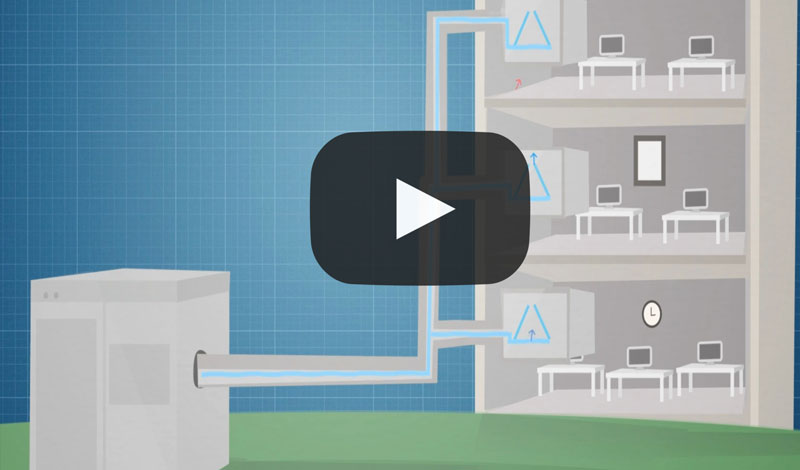Variable refrigeration flow (VRF) cooling systems are popular in many countries, but they remain relatively unknown here in the United States.
Conventional air conditioning systems use one condenser for each evaporator. With VRF systems, however, a single outdoor condenser can be tied to as many as 20 indoor evaporators — each individually controllable. Typically, evaporators are hung from the wall or ceiling in the area to be cooled.
VRF units constantly change the amount of refrigerant that flows to each evaporator. By operating at varying flow rates, VRF systems can improve occupant comfort and reduce energy use.
In addition to increased efficiency and control, VRF systems improve flexibility for HVAC system expansion or reconfiguration. VRF also boasts a lower profile than conventional air conditioners, as well as reduced operating noise.
It’s not all good news, however. VRF systems can cost as much as 20% more than conventional chillers. Longer refrigerant lines can also mean more frequent and costly repairs. So, make sure you talk to an expert if you’re considering variable refrigeration flow as part of an HVAC upgrade.
